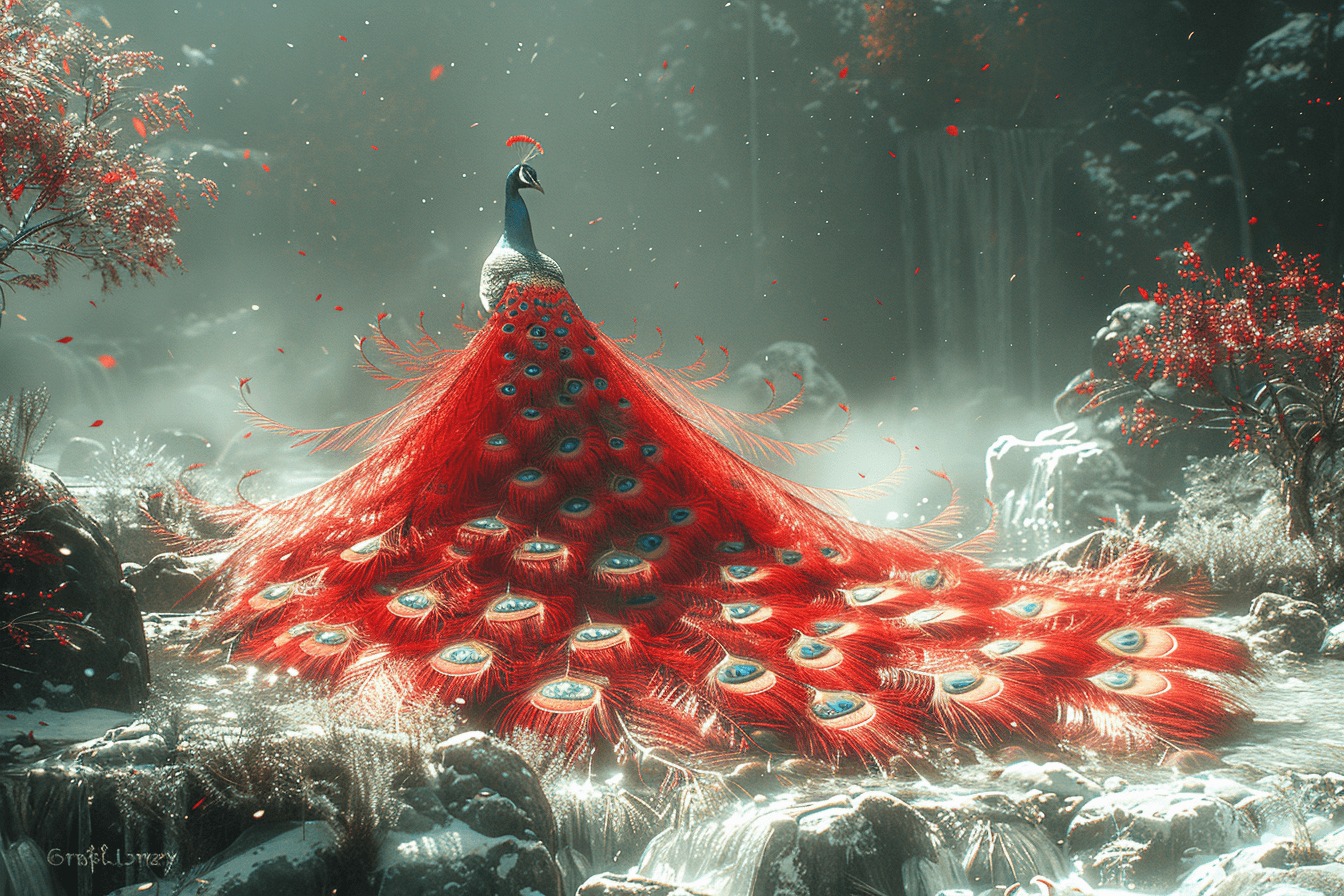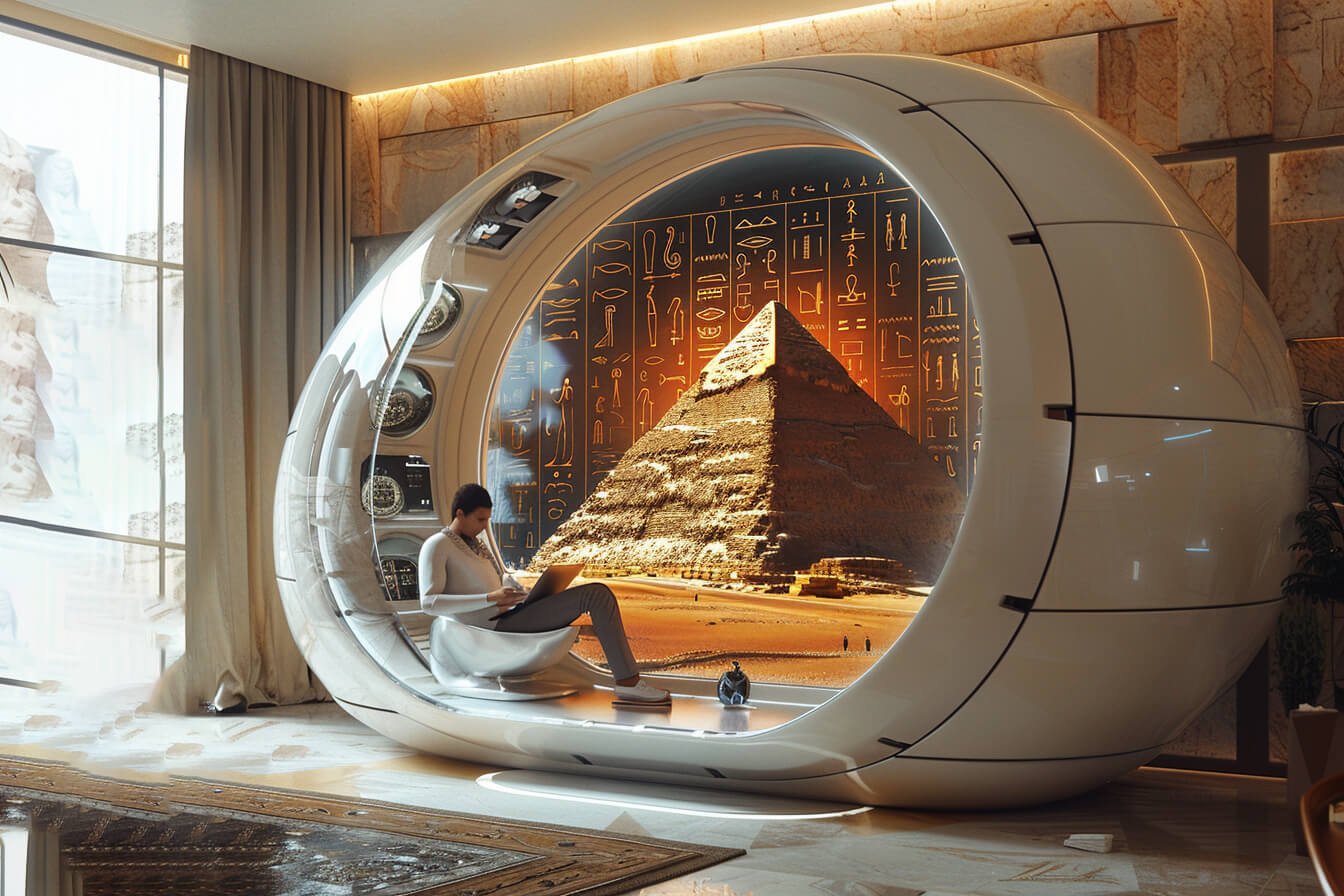Good Design Yields Deep Beauty
With this article, we launch into the realm of foresight to explore the future of beauty, and its relationship with the future of design. To embark on this journey, we must first ask: How is beauty perceived? And what makes something beautiful? It seems that beauty can be perceived in layers — ranging from surface-level beauty to innermost beauty. In other words, something or someone can be beautiful physically and metaphysically. In nature, beauty is inherent in a sunset, a flower, or even a tree. It is both physically beautiful and metaphysically beautiful as its organic systems create a feast for human senses in ways that touch the soul. From nature, there is much to learn about beauty.
As a humanity, we are creative. We create to inspire others, to express ourselves, to solve problems, and to create new opportunities. To achieve beauty through our creations is both an expectation and a desire. After all, deep beauty can be an indicator of design success, as when Buckminster Fuller stated: “If the solution is not beautiful, I know it’s wrong”.
In the future, our understanding of beauty is likely to evolve — particularly as new technologies emerge, like virtual realities that extend or augment physical reality. In such cases, will beauty be influenced by nature? Or will it have its own design language that yields its own forms of beauty? To see what “digital nature” can become, and to learn why it can serve a unique purpose in the future, I invite you to read my article entitled, The Harvesting of Digital Nature, that explores the opportunities and challenges of digital nature. As you read the article, look at the featured design concept to imagine new ways digital nature can redefine beauty in the future.
The Evolution of Deep Beauty over Time
The perception of beauty can reveal as much about the onlooker as it reveals about the central subject. For example, what do you see when you look at the peacock image above? Do you see beauty in the visual complexity and unexpected colors of the bird’s feathers? Do you see beauty because of your deeper understanding of why the bird’s feathers may or may not look this way? Or do you see beauty because it reminds you of a past memory or future dream? Whatever the case, know that the depth of your understanding of the subject observed can influence how beautiful you find it to be at a given point in time. For this reason, perception of beauty can evolve
Can deep beauty become a gateway for true design authenticity?
Let’s explore more deeply:
Deep Beauty: A Gateway for True Design Authenticity
Understanding beauty matters. As a humanity, the poetic appreciation we exude in our world also matters. The key is to see beauty at deepest levels, where it can touch all of humanity in ways that shape an even better world. In doing this, design becomes less superficial and more authentic — an important quality when designing to solve complex problems or when striving to create new possibilities.
During the design process, do you ever stop to ask: Is this design beautiful? The way you answer this seemingly simple question will shape how you perceive beauty, what beauty means to you, and it will inform how you create beauty when designing for the true poetic essence of a project. Deep beauty can be a gateway for design authenticity — which is a challenge to achieve in an ever-changing world. Thus, as design innovation evolves, expressions of beauty are likely to evolve as well. The better question becomes:
In what ways can deep beauty inspire, inform, or innovate design?
For this, the future awaits.






